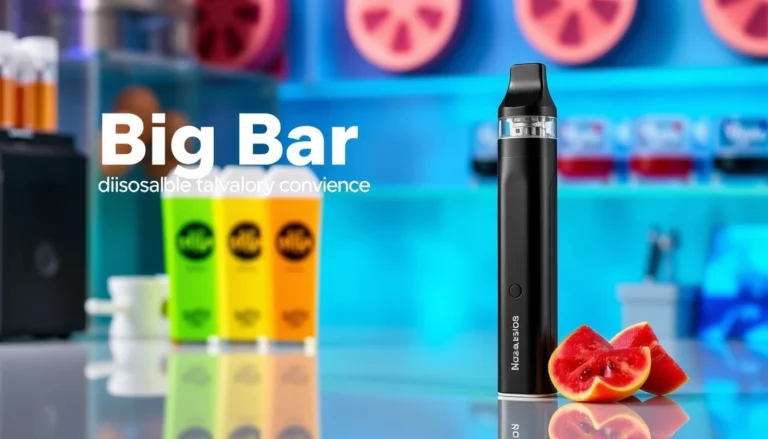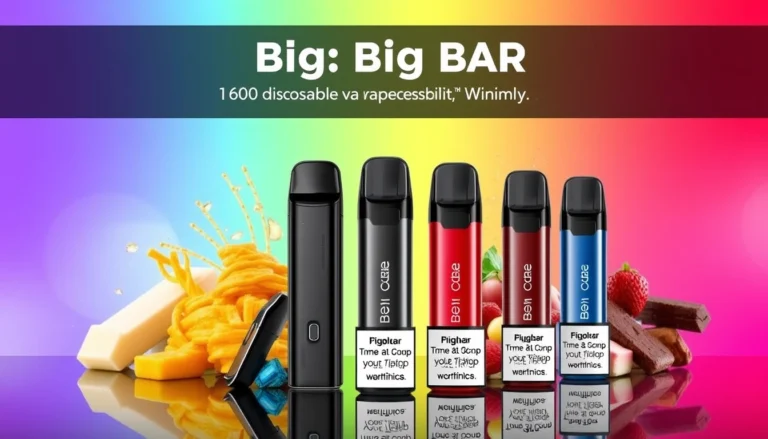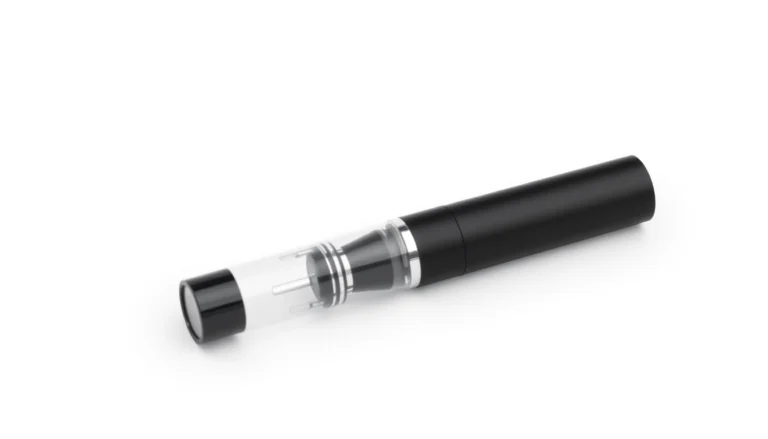The Ultimate Guide: Storing Dog Food
As a dog owner, one of the most important aspects of your pet’s health is their diet. And when it comes to their food, proper storage is crucial to maintain its quality and nutritional value. In this ultimate guide, we’ll be diving into everything you need to know about storing dog food.
Importance of Properly Storing Dog Food
You may think that storing dog food is just about keeping it in a container and placing it in a designated spot in your home. However, improper storage of dog food can lead to several issues, including contamination, loss of essential nutrients, and even potential health hazards for your furry friend.
Exposure to air, light, moisture, and heat can all affect the quality of your dog’s food and can even lead to the growth of harmful bacteria. Furthermore, certain types of dog food, such as dry kibble, can quickly become stale and unappetizing if left in improper conditions.
How to Store dog food properly is not only crucial for your pet’s health but also for your budget. By properly storing dog food, you can ensure that it stays fresh and free from contaminants, reducing the chances of having to throw away spoiled food.
How to Store Dry Dog Food
Dry dog food, also known as kibble, is a popular option among pet owners due to its convenience and long shelf life. However, it is essential to store dry dog food properly to maintain its quality and nutritional value.
1. Keep It In The Original Bag
The best way to store dry dog food is to keep it in its original bag. These bags are specially designed to keep the food fresh and protect it from any external factors that may compromise its quality. The bags are usually made with multi-layer materials to keep air and moisture out.
2. Use An Airtight Container
If you prefer to transfer the food to a container, make sure it is airtight. This will prevent any air or moisture from getting in and will keep the food fresh for a longer period. It is crucial to choose a container that is the right size to fit the entire bag of dog food to avoid having leftover food exposed to the air.
How to Store dog food in an airtight container is especially important in humid climates, as the moisture in the air can quickly spoil the food.
3. Store In A Cool, Dry Place
The ideal storage location for dry dog food is in a cool, dry place. Avoid storing it in direct sunlight or near any sources of heat, such as stoves or radiators. This will help prevent the food from becoming stale and keep it free from any potential contaminants.
How to Store Wet Dog Food
Wet dog food, also known as canned dog food, is a popular option for dog owners who prefer a softer texture for their pets. However, unlike dry dog food, wet food has a shorter shelf life and requires a different storage method.
1. Keep Refrigerated
After opening a can of wet dog food, it is crucial to keep it refrigerated. The cold temperature helps slow down the growth of bacteria, ensuring the food stays safe for your pet to consume. It is recommended to use the food within 3-5 days once opened and to discard any leftover food after that.
2. Use Airtight Containers
If you have portions of wet dog food that your pet did not finish, store them in an airtight container in the refrigerator. This will help prevent the food from drying out and becoming unappetizing. Make sure to label the container with the date and the type of food to keep track of its freshness.
3. Avoid Freezing
Unlike dry dog food, wet dog food does not freeze well and can affect its consistency and taste. It is best to avoid freezing wet dog food and to instead store it in a cool, dry place.
General Tips for Storing Dog Food
1. Check Expiration Dates
Always check the expiration date on your dog’s food to ensure you are not feeding them expired food. This is especially important for wet dog food as it has a shorter shelf life compared to dry food.
2. Clean The Storage Area Regularly
It is crucial to keep the area where you store your dog’s food clean. This will help prevent any potential contaminants from reaching their food and ensure its freshness.
3. Purchase Quality Dog Food
How to Store dog food may seem like a simple task, but the quality of


















+ There are no comments
Add yours